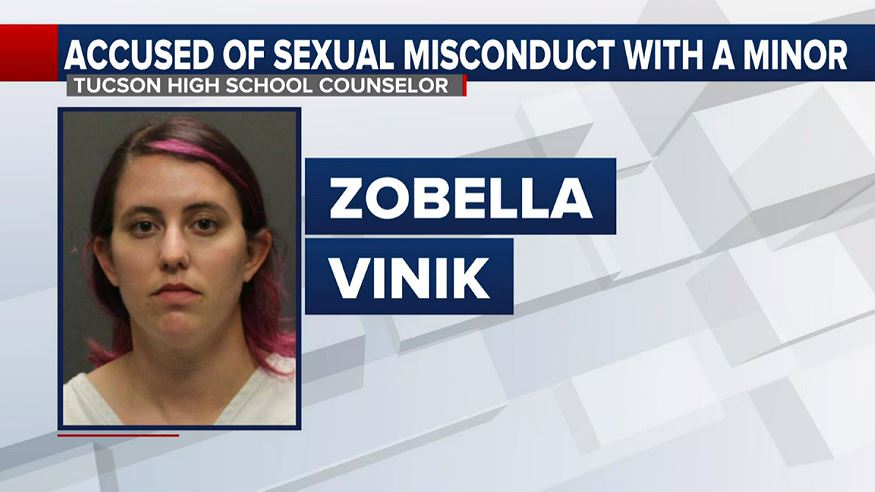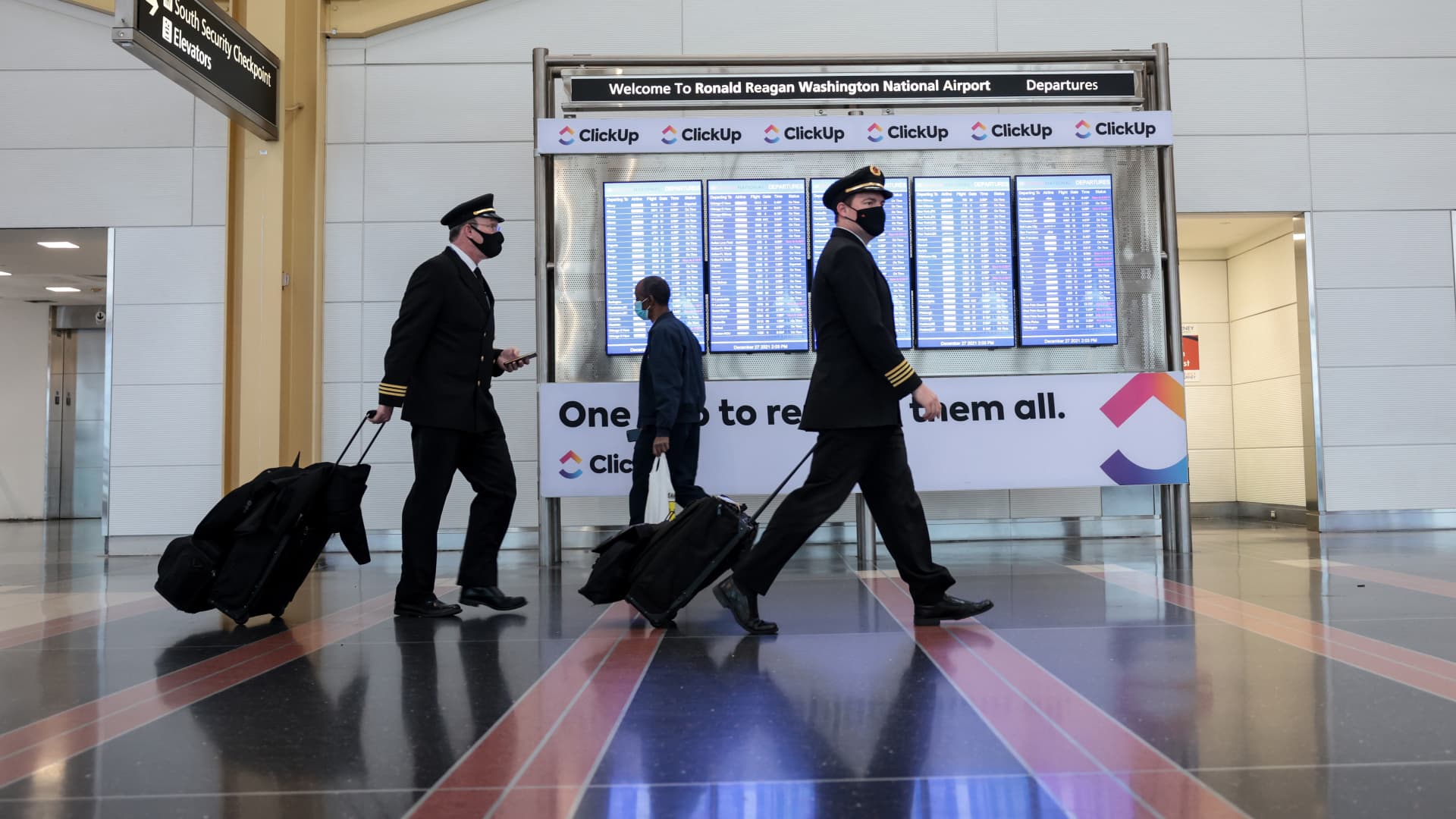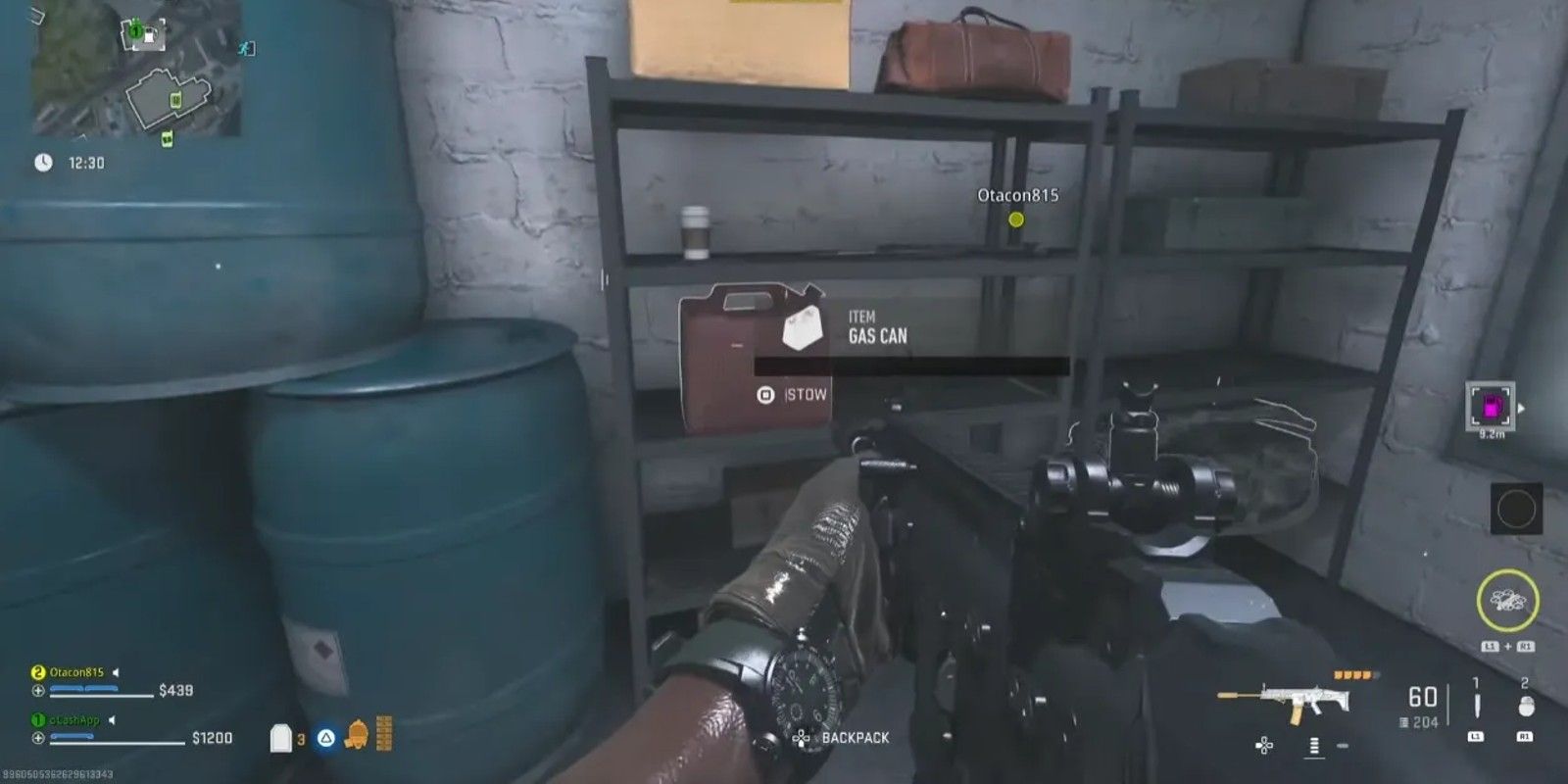NEWYou can now listen to Fox News articles!
May 15th marks the two-year anniversary of President Donald Trump introducing Operation Warp Speed to the world by announcing that America would have millions of safe and effective vaccines delivered to its people before the end of 2020.
According to the Commonwealth Foundation’s most recent findings, delivering these vaccines in record time has already prevented over 2 million American deaths. Former members of the president’s Council of Economic Advisors estimated that these vaccines also prevented a loss of trillions of dollars of economic output and millions of jobs.
COVID SHOTS STILL WORK, BUT RESEARCHERS HUNT NEW IMPROVEMENTS

U.S. President Donald Trump signs an executive order on vaccine distribution during an Operation Warp Speed Vaccine Summit at the White House in Washington, U.S., December 8, 2020. REUTERS/Tom Brenner
As a small group of us gathered in the Rose Garden two years ago on that warm, humid spring day, we were appropriately confident of our potential success. We had a president who believed deeply in the innovative spirit and ingenuity of the U.S. private sector. We also had a secretary, Alex Azar, who had spent a decade in the pharmaceutical sector and knew more about its motivations and risk thresholds than any of his predecessors.
Add to this a four-star general, Gus Perna, whose Army Material Command had been honing its logistical expertise by supporting combat operations in the Middle East for twenty consecutive years. Lastly, we had just recruited two globally-recognized vaccine development and manufacturing experts, Moncef Slaoui and Carlo de Notaristefani, respectively. This was an all-star team.
Beyond the members of this small Warp Speed team, however, lurked serious professions of doubt. That very evening on May 15, 2020, for example, Brian Williams was interviewing Dr. Irwin Redlener, Director of Columbia University’s National Center for Disaster Preparedness. When referencing President Trump’s declaration earlier that day, he commented: “It is impossible to get that done by the end of the year.” Some may have considered Dr. Redlener’s comments simple political rhetoric, but by historical standards his perspective was well-founded.
The previous best time in history for bringing a safe and effective vaccine to market was approximately four years in the 1960s. This during a time when we were not in the midst of a global pandemic constraining the availability of the very equipment, raw materials, and labor necessary to develop, manufacture, and distribute the vaccines.
What the Operation Warp Speed program accomplished under President Trump’s and Secretary Azar’s leadership in the subsequent seven months was extraordinary and unprecedented.
Specifically, it:
- Supported the expansion of 27 manufacturing facilities ranging from vial production to hold the vaccines to the facilities that produced the vaccines and filled the vials;
- Ushered over 100,000 Americans through rigorous clinical trials in record time;
- Established an electronically-linked distribution network of over 50,000 vaccine sites;
- Created special containers to store and transport vaccines at minus 80 degrees Celsius;
- Secured more than one billion needles and syringes in order to administer the vaccines;
- Established the distribution hubs through which millions of vaccines would flow;
- And secured the dry-ice necessary to keep the vaccines at required temperatures.
How did we do all of this in such a short period of time? Simply stated, we turned to and mobilized America’s iconic private sector companies.
Of course, most Americans by now recognize the names of Moderna, Johnson & Johnson, and Pfizer, but add to these the absolutely heroic efforts of companies such as:
- Corning which developed shatter-proof glass vials;
- McKesson which created and distributed all vaccine administration kits;
- FedEx and UPS which flawlessly delivered the vaccines and kits to tens of thousands of distribution sites;
- CVS and Walgreen’s which designed and then deployed mobile vaccine caravans to every nursing home in the country to vaccinate our most vulnerable citizens in the early months of 2021;
- And Palantir which developed the most sophisticated vaccine tracking system ever used in the United States.
Yes, the federal government enabled the success of Operation Warp Speed, but America’s nimble private sector delivered the success to the American people.
The achievements of Operation Warp Speed are a tribute to both a federal government which “stayed in its lane” and a dexterous private sector which pivoted rapidly to develop, manufacture, distribute, and administer vaccines. The federal government assumed financial risks the pharmaceutical industry would not bear independently. It also established an unambiguous regulatory framework for granting emergency use authorizations early in the process, and utilized the Defense Production Act to rapidly re-prioritize the supply chain in favor of those producing the vaccines.
CLICK HERE TO GET THE OPINION NEWSLETTER
Finally, it coordinated the roles of the private sector partners. The private sector used advanced technologies, capabilities it had been investing in for decades, and its ingenuity to innovate and deliver new products and services in record time. This is what a successful public-private partnership looks like.
CLICK HERE TO GET THE FOX NEWS APP
As we now reach the two-year anniversary of Operation Warp Speed, I hope the American people will reflect on the fact that no other country in the world developed, manufactured, distributed, and administered as many safe and effective vaccines as quickly or adroitly as we did. By April 2021, scarcely fifteen months after the DNA of the COVID-19 virus had first been characterized, any American desiring a vaccine had access to one.
In this season of political divisiveness, we hear constant criticism of both our federal government and our free enterprise system. Operation Warp Speed is an example of how, when properly structured and led, a partnership between these two can make possible what experts such as Dr. Redlener asserted would be impossible.
CLICK HERE TO READ MORE FROM PAUL MANGO



























































